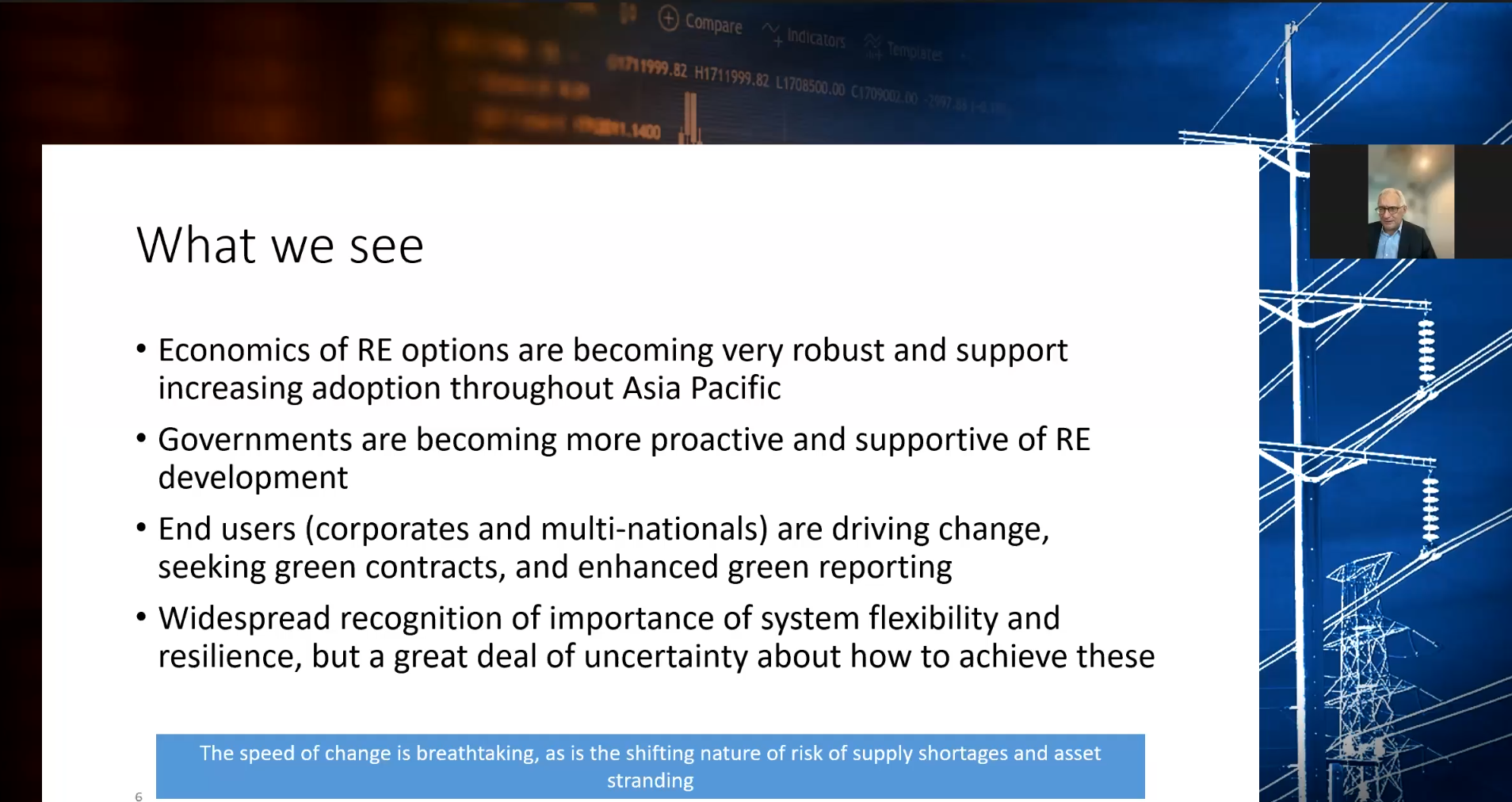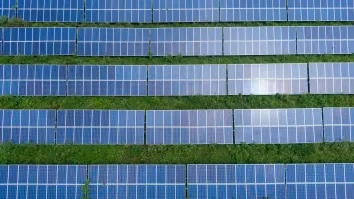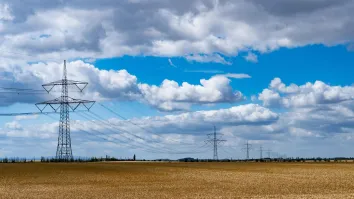
Corporate PPAs and pandemic shifts power change in renewable adoption
Industry leaders joined Asian Power’s webinar and analysed the implications of Corporate PPAs and pandemic disruptions on the energy sector.
Today’s energy sector is at a crossroads, with Corporate Power Purchase Agreements (PPAs) gaining traction as a means for companies to curb emissions, whilst the pandemic’s upheaval casts uncertainty on fuel markets. As PPAs pave the way for an increase in renewable energy sourcing, the pandemic's aftermath leaves the sector navigating an unpredictable landscape.
Asian Power gathered industry leaders and experts in a webinar, titled Powering the Future: Assessing Corporate PPA Momentum and Fuel Market Turbulence Post-COVID.
Joining the host and moderator, Asian Power’s Publisher and Editor-in-Chief Tim Charlton, are Mike Thomas, Managing Director of The Lantau Group; Leon Liew, Chief Strategy Officer at Solarvest Holdings Berhad; Ganesha Pillai A/L. Prathapa Senan, Assistant Director Strategic Planning Unit (Energy Analyst) at SEDA Malaysia; and Anthony Philip Segadelli, Chief Engineer and Managing Director at Owl Energy shared their insights and analyse the implications of the changes the energy sector is witnessing.
Post-COVID green acceleration
Thomas of The Lantau Group addressed the topic of “PPAs in a New Energy Age of Slow Thinking and Fast Games.” He pointed out the disconnect between decarbonisation plans and the realities of current forecasts, despite some progress made. Thomas noted that the transition to renewable energy is not happening fast enough to meet governments’ ambitious targets. Despite this, the post-COVID period presented an opportunity to speed up this adoption amidst fuel market turbulence.
“The economics of renewable energy [in the Asia Pacific have significantly] improved—they are becoming robust approaching, if not well past commerciality, in many applications,” Thomas said.

He emphasised governments’ target of net-zero emissions by 2050, or a few decades after. This may seem far away but is best prepared for as soon as possible so the adoption of renewables is more effective, he stated. He highlighted the importance of adapting to the rapidly changing energy sector and the need for countries to position themselves as leaders in renewable energy adoption by implementing the right mechanisms, programmes, and policies.
Thomas drew attention to the challenges associated with decarbonisation efforts, comparing it to a game of musical chairs, given the challenges and uncertainties associated with fuel mixes, resource availability, and transmission system dynamics.
In light of the challenges and opportunities Thomas outlined, he went on to discuss the vital role that PPAs play in bolstering the adoption of renewable energy. He described PPAs as a key enabler in this transition, allowing for financial security and predictability which are critical in attracting investments for renewable energy projects.
"Power Purchase Agreements are indispensable tools in this new energy age," Thomas asserted. Corporate PPAs, in particular, are becoming more prominent as businesses are increasingly recognising the economic and environmental benefits of sourcing renewable energy. This trend has been bolstered by the decline in renewable energy costs which Thomas highlighted earlier.
Corporate PPAs facilitate agreements between energy producers and businesses, where the latter commit to purchasing energy over a period of time. This not only provides renewable energy projects with a reliable revenue stream but also allows companies to secure stable energy prices and reduce their carbon footprint.
These agreements have the potential to serve as a bridge between government objectives and market realities. By promoting market-driven solutions through PPAs, it is possible to mobilise the private sector and create a synergy that accelerates the transition to a cleaner energy landscape, Thomas noted.
He further emphasised that PPAs are not just contracts, but crucial catalysts in creating a sustainable balance between ecological imperatives and economic viability in the race to decarbonise the energy sector.
Sustainable energy’s future challenges
Liew of Solarvest Holdings, Pillai of SEDA Malaysia, and Segadelli of Owl Energy were called for a panel discussion where they shared their insights on Thomas’ presentation.

Liew stressed the need to increase generation capacity to meet growing demand, especially if Malaysia aims to become a developed country like Singapore. Coal and gas will continue to be major contributors to energy demand as there are limited options available: hydro and solar, he noted.
Meanwhile, wind power is not economically viable due to low wind speeds and inconsistent wind direction. Hydroelectric power plants require specific geographic conditions, and most of the economically feasible hydro dams have already been built. Therefore, solar power becomes the only scalable option for clean energy in Malaysia.
“If you look at Malaysia, the demand is about 20 gigawatts and from the 20 gigawatts, you have more than 40% coming from coal and another 40% coming from gas and the remaining 20% is coming from a combination of hydro and solar,” Liew said.
He acknowledged the energy trilemma in Malaysia, which includes affordability, reliability, and sustainability, adding that the reliability of power supply has improved in recent years compared to a decade ago, but there is still room for further sustainability improvements. He also mentioned the government's plans to increase renewable energy to 31% by 2025 and 40% by 2035.
“Malaysia also recently launched a corporate virtual PPA. So it means that the consumer in a certain part, let's say in the south of Malaysia, would like to install their data centre, they want a solar farm but there is no land around, they can sign a virtual PPA with some land in the northern part of Malaysia,” Liew added.
Renewable energy options
For his part, Pillai noted that Malaysia also has other renewable energy sources, such as biogas and biomass, that can be explored. He highlighted the potential for developing these energy sources.
Pillai mentioned that after 2025, Malaysia is considering new energy sources to support the grid, including green hydrogen, both for domestic use and for potential export once the infrastructure and assets are in place. The aim is to gradually reduce reliance on coal and transition to more sustainable energy sources.
Malaysia has committed to not renewing or building new coal plants, he said. Instead, the focus is on phasing out coal and replacing it with sustainable sources such as gas and renewable energy.
Meanwhile, Segadelli discussed renewable energy developments in Asia as well, focusing on Thailand and the Philippines. He said that Thailand has been taking active steps to accelerate its goal of carbon neutrality by 2065, specifically mentioning the country’s newly launched optional carbon market that provides revenue opportunities, as well as its release of 1,500 megawatts of PPAs for wind, solar, biomass, and waste-to-energy projects.
Segadelli stated, “Thailand has a plan for being carbon neutral by 2065, but thankfully, Thailand is actually doing more to try and bring it forward than their projection says, for example, they have just released 1,500 megawatts of PPAs.”
Turning to the Philippines, Segadelli mentioned Owl Energy’s involvement in Solar Philippines’ 850-megawatt solar plus base project aimed at providing continuous power for 13 hours a day. He said that large-scale solar-plus-storage projects, however, are relatively limited in the region, particularly in the Philippines, where the power market is more privatised and less government-led compared to Thailand.
Thomas reiterated that goals set concerning decarbonisation are just going to be moved forward, meaning a lot of stakeholder pressure, growth in resources, and more opportunities will be created.
“We could do more, faster even with the things that exist, even if that doesn't solve all the problems,” he said. “We could see this accelerating and that's exciting.”

















 Advertise
Advertise







